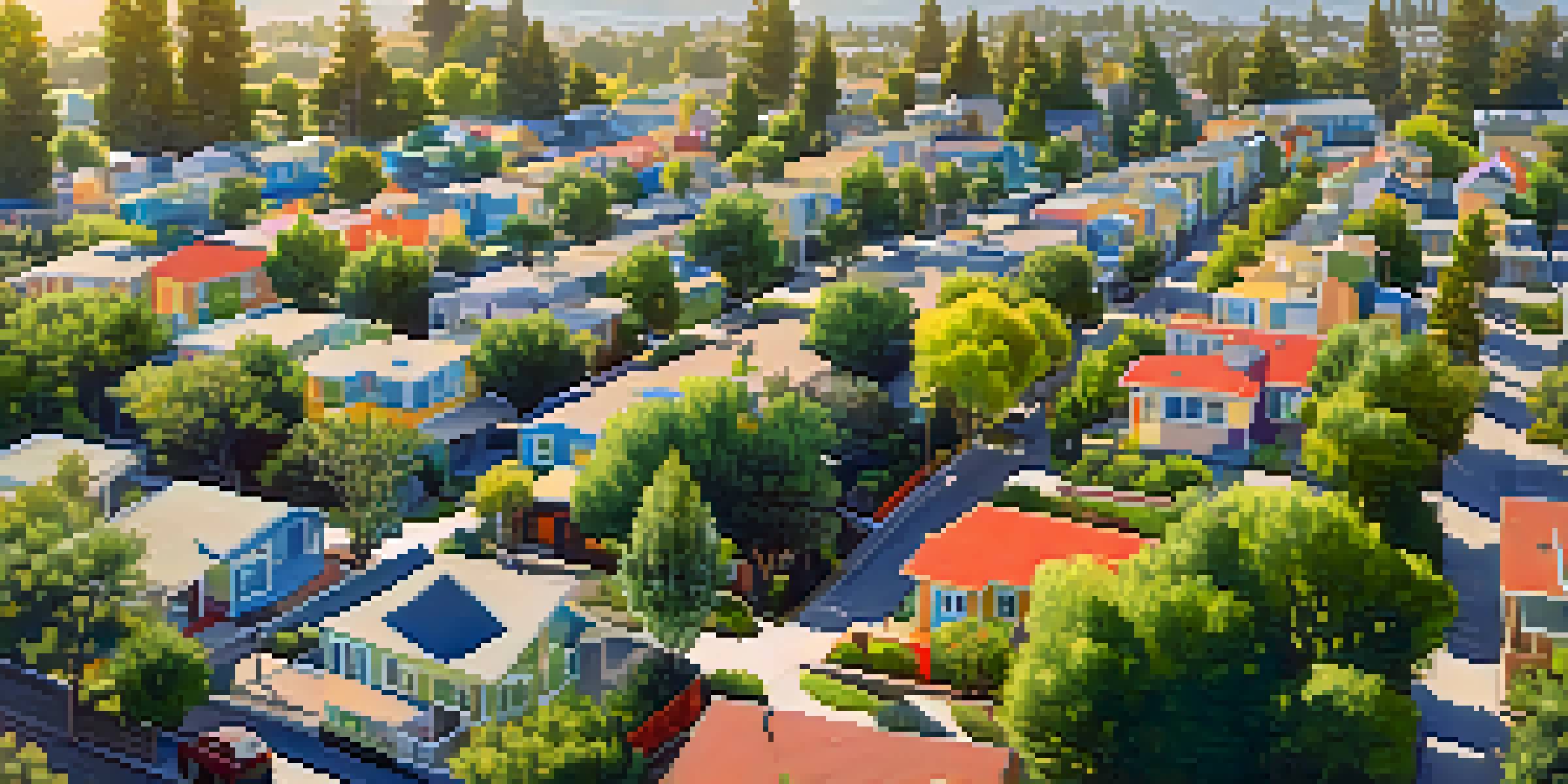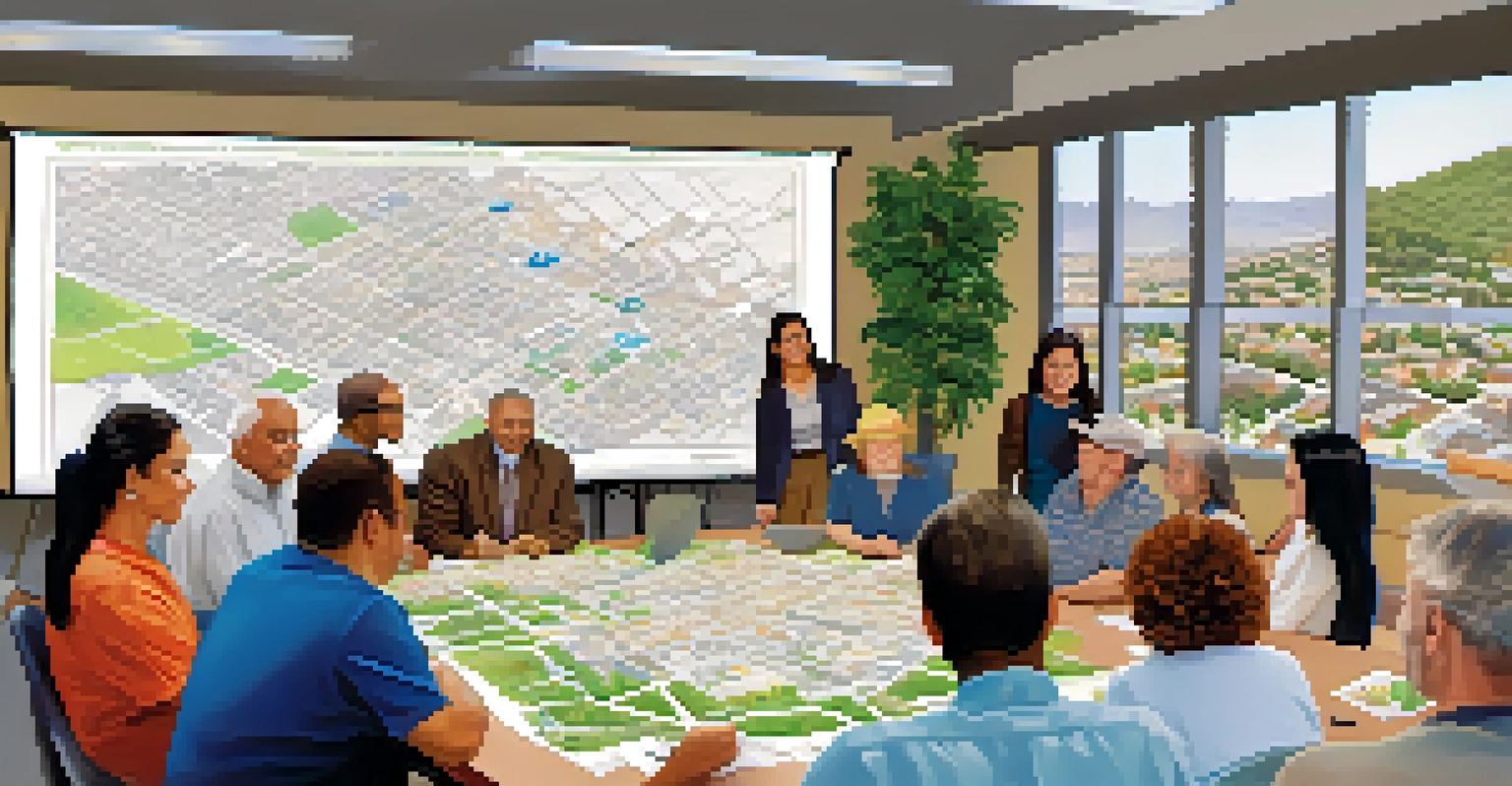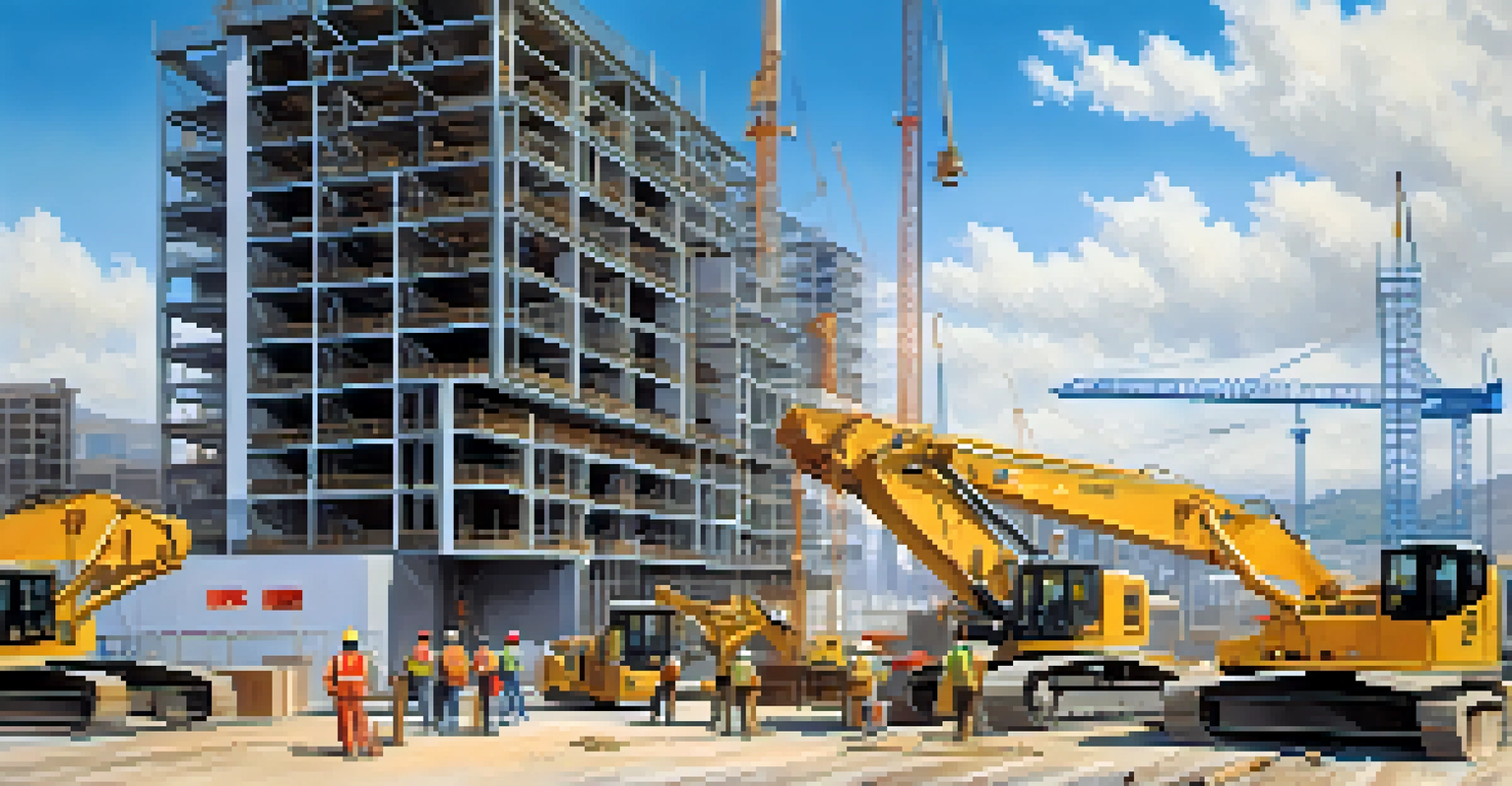The Future of Affordable Housing in San Jose

Current State of Affordable Housing in San Jose
San Jose, like many other major cities, is facing a housing crisis. The demand for affordable housing has skyrocketed, driven by a booming tech industry and an influx of new residents. Unfortunately, the supply of affordable options has not kept pace, leading to steep rent increases and displacement of long-time residents.
The great challenge of our time is to create a society in which everyone can afford a decent place to live.
Many people in San Jose are spending a significant portion of their income on housing, which can lead to financial instability. The median home price in the area has reached astronomical heights, making homeownership a distant dream for many. This situation raises urgent questions about how the city can address the growing need for affordable housing.
To better understand the future of affordable housing, it's crucial to evaluate current policies and initiatives. Local government, nonprofits, and private developers are all exploring innovative solutions to create more accessible housing options for residents.
The Role of Government Policies in Housing Affordability
Government policies play a critical role in shaping the landscape of affordable housing. In San Jose, various initiatives aim to streamline the building process and encourage developers to include affordable units in their projects. For example, the city has implemented inclusionary housing policies that require a percentage of new units to be affordable for low-income families.

Additionally, funding programs and tax incentives can motivate developers to invest in affordable housing. The city has also pursued partnerships with nonprofit organizations to leverage resources and expertise. These collaborations can lead to innovative housing solutions tailored to the community's needs.
San Jose Faces Housing Crisis
The demand for affordable housing in San Jose is soaring, driven by a booming tech industry, while the supply is failing to keep pace, resulting in steep rent increases.
However, navigating regulations can be complex, and some argue that more aggressive policies are necessary. Advocates for affordable housing emphasize the urgency of reforming zoning laws and increasing funding for affordable housing projects to meet the growing demand.
Innovative Housing Solutions on the Horizon
As the housing crisis continues, innovative solutions are emerging to address affordability. For instance, modular and prefabricated homes are gaining traction as cost-effective alternatives to traditional construction methods. These homes can be built quickly and efficiently, helping to increase the housing supply at a lower cost.
Housing is a verb, not a noun. It is something we do together, not something we own.
Another promising development is the concept of co-housing, where residents share common spaces while maintaining private living areas. This model not only creates a sense of community but also reduces living expenses. By pooling resources, residents can access affordable housing options that might otherwise be unattainable.
Moreover, the rise of tiny homes presents an appealing option for those seeking simplicity and lower costs. With a focus on minimalist living, tiny homes can provide affordable housing solutions without sacrificing quality or comfort.
Community Involvement and Neighborhood Development
Community engagement is essential in shaping the future of affordable housing in San Jose. Residents have a unique perspective on their neighborhoods and can provide valuable insights into what types of housing solutions would best serve their needs. Involving the community in decision-making processes fosters trust and collaboration.
Local organizations and advocacy groups play a crucial role in voicing residents' concerns and pushing for equitable housing policies. By organizing forums, workshops, and outreach efforts, these groups can help elevate the conversation around affordable housing and ensure that diverse voices are heard.
Government Policies Are Crucial
Local government initiatives, including inclusionary housing policies and partnerships with nonprofits, aim to create more affordable housing options for residents.
Furthermore, neighborhood development should focus on creating vibrant, inclusive communities. This means not only providing affordable housing but also ensuring access to essential services, public transportation, and green spaces that enhance the quality of life for all residents.
Impact of Technology on Housing Affordability
Technology is transforming many aspects of our lives, and housing is no exception. In San Jose, tech innovations are being leveraged to streamline the construction process, reduce costs, and improve the efficiency of affordable housing projects. For example, builders are utilizing data analytics to optimize resource allocation and minimize waste.
Moreover, digital platforms are connecting potential tenants with affordable housing options more effectively. Websites and apps designed to match renters with available units can simplify the search process, making it easier for individuals to find suitable housing within their budget.
Additionally, technology can play a role in managing and maintaining affordable housing. Smart home features can enhance energy efficiency, helping residents save on utility costs. As the tech industry continues to evolve, it holds the potential to create lasting changes in the housing landscape.
Challenges Facing Affordable Housing Development
While there are many promising avenues for affordable housing solutions, significant challenges remain. High construction costs, stringent regulations, and community opposition can hinder the development of new projects. Developers often face hurdles that can extend timelines and inflate budgets, making it difficult to create affordable options.
Additionally, the availability of land in San Jose is a growing concern. As the city continues to expand, suitable parcels for new housing developments are becoming scarce. This scarcity can lead to increased competition for land and further drive up prices, complicating efforts to build affordable housing.
Innovative Solutions Emerging
New housing models like modular homes and co-housing are being explored as cost-effective alternatives to traditional construction methods to tackle the affordability crisis.
Lastly, balancing the needs of existing residents with new developments can create tensions within communities. Engaging in open dialogue and finding common ground will be essential for overcoming these challenges and ensuring that affordable housing projects are embraced by all.
Looking Ahead: A Vision for Affordable Housing
Imagining the future of affordable housing in San Jose requires a collaborative approach from all stakeholders. By combining government support, community engagement, and innovative solutions, the city can work toward creating a more equitable housing landscape. This vision includes not only more affordable units but also sustainable and inclusive communities.
Investing in affordable housing is not just about providing shelter; it's about fostering a sense of belonging and stability for residents. As the city moves forward, prioritizing affordable housing can lead to a healthier economy, diverse neighborhoods, and improved quality of life for all.

In conclusion, the future of affordable housing in San Jose is not set in stone. With determination and collective effort, the city has the potential to turn challenges into opportunities, paving the way for a brighter, more inclusive future.